Differentiated instruction is a teaching strategy designed to address the diverse learning needs of students. In my experience implementing this approach in the classroom, I observed a marked increase in engagement among students who had previously struggled with the material.
This method not only accommodates varied learning styles but also promotes an atmosphere where critical thinking and collaboration can flourish. As I witnessed these positive changes, I became curious about how differentiated instruction could also enhance student confidence and foster independence. The insights I gained about its broader effects on both students and educators are noteworthy.
For example, providing different types of assignments allows students to choose tasks that align with their interests and strengths. This choice can lead to greater motivation and ownership of their learning.
Furthermore, incorporating small group activities enables peers to collaborate, share ideas, and support each other, creating a community of learners. Overall, differentiated instruction proves to be a valuable tool for enhancing the educational experience for all students.
Enhances Student Engagement
Differentiated instruction significantly boosts student engagement by aligning teaching methods with individual learner needs. When educators consider students’ interests and preferred ways of learning, they create an atmosphere where each learner feels appreciated and understood.
Implementing motivational techniques, such as providing options for assignments, encourages students to take charge of their educational journey. Interactive activities play a crucial role in this approach, promoting teamwork and enabling students to connect personally with the subject matter.
The use of technology enhances this connection, offering real-world relevance that makes lessons more interesting. For instance, students can utilize digital platforms to showcase their understanding through creative means like videos, presentations, or blogs.
Meaningful assessments are essential in this framework, reflecting the diverse paths each student takes. These evaluations help educators measure comprehension while allowing for creative expression. Recognizing individual strengths and challenges enables tailored instruction that ensures inclusivity.
When differentiated instruction is applied effectively, students exhibit heightened engagement and enthusiasm for learning. It’s gratifying to observe their development as they discover their interests and acquire skills that extend beyond the classroom setting.
Supports Diverse Learning Needs
Differentiated instruction is an essential approach in education that accommodates the diverse learning needs of students. This method focuses on creating customized learning experiences tailored to individual strengths and challenges.
Engaging strategies, such as flexible grouping and varied assessments, play a key role in making learning more relevant and accessible. These tailored approaches not only enhance student engagement but also lead to better academic results across the board.
For instance, incorporating technology tools like interactive learning apps can cater to different learning styles, ensuring that every student has the opportunity to thrive.
Tailored Learning Experiences
Tailored learning experiences enhance the educational journey for students with diverse learning needs. Each student possesses unique preferences that make personalized assessments and adaptive resources essential for effective learning. Flexible pacing allows educators to meet individual goals, ensuring that students progress at a comfortable rate.
In my classroom, I emphasize student choice, enabling learners to engage with content that aligns with their interests and cultural backgrounds. By employing a variety of instructional methods, I effectively address different learning styles. This strategy not only strengthens understanding but also cultivates a sense of belonging among students.
Differentiated feedback plays a crucial role in my approach. I strive to provide specific interventions that help students tackle their unique challenges, making learning more accessible for everyone.
Recognizing the importance of cultural relevance, I incorporate diverse perspectives into the curriculum, reflecting the richness of our community. This thoughtful integration fosters a deeper connection to the material and supports a more inclusive classroom environment.
Enhanced Engagement Strategies
Engaging students in meaningful ways is crucial for addressing diverse learning needs. Incorporating interactive activities stimulates enthusiasm and fosters collaboration among students. Utilizing technology allows me to develop dynamic lessons that cater to various learning styles, enhancing comprehension through visual aids.
Providing personalized feedback is important as it helps students identify their strengths and areas needing improvement. I enjoy implementing peer teaching, where students share knowledge with each other. This approach not only reinforces their understanding but also cultivates a supportive classroom community.
Gamified learning effectively captures students’ attention while transforming challenging concepts into enjoyable challenges. Flexible grouping enables me to adjust to individual needs, ensuring that every student feels included and empowered.
Connecting lessons to real-world applications further boosts engagement, allowing students to recognize the relevance of their education. Offering students choices in their projects fosters ownership of their learning, making it more significant.
Utilizing formative assessments gives me insights into student engagement, allowing for adjustments in my teaching strategies. These methods enrich the learning experience and ensure that every student feels valued and motivated.
Improved Academic Outcomes
Effective differentiation in instruction can lead to significant improvements in academic outcomes. This teaching strategy caters to the varying learning needs of students, promoting individual growth and development. With targeted interventions, I can tackle the specific challenges and strengths of each student, which creates a supportive atmosphere that encourages full engagement in the learning process.
Personalized assessments are crucial in this transformation. They provide a clear understanding of each student’s current level and what they require to advance. Unlike generic evaluations, these customized assessments reveal individual learning styles and paces. This information allows me to modify my teaching methods, ensuring that every student receives the necessary support to thrive.
As I prioritize enhancing academic outcomes, I consistently observe a boost in my students’ confidence. Witnessing their progress inspires them to strive for further achievements.
Promotes Critical Thinking Skills
Developing critical thinking skills in students is essential for their academic and personal growth. Differentiated instruction plays a crucial role in this process by allowing learners to engage with material in diverse ways. This method not only enhances their ability to analyze and evaluate information but also encourages creativity. Engaging students through various learning modalities helps them tackle complex problems and strengthens their overall problem-solving skills, which are vital in today’s rapidly changing world.
A comparison between traditional and differentiated instruction highlights the benefits of the latter:
| Traditional Instruction | Differentiated Instruction |
|---|---|
| Relies on memorizing facts | Prioritizes critical thinking |
| Uniform approach for all | Customizes learning experiences |
| Passive learning atmosphere | Fosters active participation and teamwork |
| Minimal focus on problem solving | Promotes practical, real-world challenges |
| Limited student engagement | Maximizes student ownership of learning |
Emphasizing critical thinking not only prepares students for academic challenges but also equips them with the skills necessary for real-life situations. Implementing differentiated instruction can make a significant difference in how students approach learning, encouraging them to become more independent thinkers and effective problem solvers.
Fosters a Growth Mindset
A growth mindset is crucial for students as they progress through their education. Implementing differentiated instruction promotes mindset development and builds resilience. When I integrate growth strategies into lessons, students are encouraged to embrace challenges and see setbacks as valuable learning experiences. This approach enhances their confidence, enabling them to understand that improvement comes from effort and persistence.
Through personalized learning experiences, I address each student’s specific needs and promote practices that encourage self-assessment of their progress. Recognizing achievements, no matter how small, is vital in this process. I celebrate these victories and encourage students to set goals, which helps them take charge of their learning journey.
Discussing well-known individuals who’ve overcome challenges fosters a belief in continuous growth and learning.
Improves Academic Achievement
Differentiated instruction is a teaching approach that tailors learning experiences to meet the diverse needs of students. This method significantly enhances academic achievement by fostering individual engagement in the learning process.
When instruction is adapted to suit the varying abilities and interests of students, they participate more actively, leading to better comprehension and improved overall performance. For example, a teacher might use varied reading materials to accommodate different reading levels in the same classroom, allowing each student to engage with content that challenges them appropriately.
This personalized approach not only helps students grasp concepts more effectively but also motivates them to take ownership of their learning journey.
Tailored Learning Experiences
Tailored learning experiences play a crucial role in enhancing academic success by catering to the specific needs of each student. Personalized assessments enable educators to pinpoint individual strengths and weaknesses, allowing for the development of an effective learning environment that aligns with these insights.
Adaptive resources are vital in this process. They offer diverse materials that match different learning styles, such as visual aids for some students and hands-on activities for others. This variety not only captures students’ interest but also encourages them to take control of their educational journey.
Establishing a personal connection with students fosters a sense of inclusion and motivation. This individualized approach can significantly boost their confidence and lead to improved academic performance.
Observing their progression as they master concepts and effectively apply their knowledge is truly fulfilling.
Ultimately, the aim of customizing learning experiences is to enhance our support for students. By concentrating on their unique requirements, we cultivate an inclusive atmosphere that promotes growth and achievement, resulting in notable academic successes for all students involved.
Engaged Student Participation
Engaged student participation plays a crucial role in enhancing academic success. When students take an active role in their education, it cultivates an environment conducive to peer interaction and valuable feedback. This involvement not only deepens their comprehension but also instills a sense of responsibility towards their learning journey. Implementing tools like choice boards and interest surveys allows students to voice their preferences in group projects, making the educational experience more relevant and enjoyable.
Here’s an overview of how active participation can positively impact the classroom:
| Strategy | Benefits |
|---|---|
| Peer Interaction | Develops social skills and teamwork |
| Active Learning | Enhances retention and understanding |
| Student Voice | Boosts motivation and commitment |
| Collaborative Projects | Fosters diverse viewpoints and creativity |
| Feedback Loops | Encourages ongoing improvement and growth |
Incorporating these strategies not only transforms the learning environment but also empowers students, making them feel valued and invested in their education.
Encourages Collaboration Among Students
Collaboration among students is essential for their development and learning. Differentiated instruction plays a vital role in promoting teamwork, allowing students to engage with one another in meaningful ways. This approach cultivates an environment where peer learning thrives, enhancing social skills and fostering a sense of community.
As students participate in cooperative activities, they learn to work through group dynamics and aim for common objectives.
Several benefits arise from this collaborative framework:
- Mutual Support: Students encourage one another and share resources, creating a trusting and respectful environment.
- Teamwork Strategies: They acquire vital teamwork strategies that extend beyond the classroom, equipping them for challenges in the real world.
- Collaborative Projects: Through joint projects, students not only grasp the subject matter but also learn effective communication and conflict resolution skills.
Builds Confidence and Independence
Creating a collaborative environment not only enhances teamwork but also nurtures individual development. Implementing differentiated instruction proves to be effective in boosting self-esteem and promoting independent learning. Each student has the opportunity to explore their own interests and strengths, which cultivates a more confident approach to education.
Here’s a clear illustration of how this process works:
| Learning Approach | Benefits | Student Outcomes |
|---|---|---|
| Personalized Tasks | Customized to fit individual needs | Higher levels of engagement |
| Varied Learning Styles | Caters to different preferences | Improved retention rates |
| Self-Paced Learning | Enables mastery before progressing | Enhanced self-confidence |
Facilitates Effective Classroom Management
Incorporating differentiated instruction in the classroom is essential for addressing the varied needs of students and enhancing classroom management. Customizing lessons to fit individual learning styles engages students and fosters a sense of belonging. This proactive strategy establishes clear behavior expectations and encourages student independence, significantly minimizing disruptions.
Here are some key benefits I’ve observed:
- Responsive Teaching: Adapting my methods based on student feedback encourages a sense of ownership in their learning journey.
- Positive Reinforcement: Celebrating individual accomplishments builds a supportive atmosphere that motivates students and contributes to effective behavior management.
- Conflict Resolution: Differentiation enables me to understand and address each student’s unique needs, allowing me to prevent potential conflicts before they arise.
With the flexibility to adjust instruction, I can establish effective classroom routines that nurture collaboration and respect among students.
Consequently, the classroom evolves into a safe space where students feel empowered to express themselves, significantly enhancing the overall learning experience.
Increases Teacher Satisfaction
Differentiated instruction is a teaching approach that tailors lessons to accommodate diverse student needs, significantly benefiting both educators and learners.
One of the most notable benefits I’ve experienced from this method is an increase in my satisfaction as a teacher. This strategy allows me to nurture my instructional creativity, enabling me to design lessons that resonate with each student’s unique learning style. Collaborating with colleagues enhances my sense of community, strengthening our professional relationships and fostering a supportive environment for educators.
The autonomy to explore innovative teaching methods in my classroom contributes greatly to my job satisfaction. This freedom allows me to adjust my strategies based on immediate student feedback. When I see my students succeed, I feel a deeper connection to my work, which positively impacts teacher retention rates.
Moreover, implementing differentiated strategies opens up valuable professional development opportunities, keeping me motivated and eager to learn. My ongoing commitment to instructional innovation not only benefits my students but also revitalizes my passion for teaching.
Witnessing my students flourish directly correlates with my growing satisfaction, reinforcing my dedication to this fulfilling profession. Embracing differentiated instruction has transformed my teaching experience and strengthened my commitment to effectively serving my students.
Conclusion
Differentiated instruction is a teaching approach that recognizes and accommodates the diverse needs of students within a classroom. By customizing lessons and activities, educators can create an environment that promotes individual learning styles and paces. This method leads to heightened engagement, enhanced critical thinking, and boosted self-confidence among students. As a result, every learner can experience success and feel a sense of belonging within the classroom community. Committing to differentiated instruction not only improves academic performance but also fosters a supportive atmosphere where students are motivated to learn and grow. Embracing this strategy is essential for building inclusive and vibrant educational spaces.


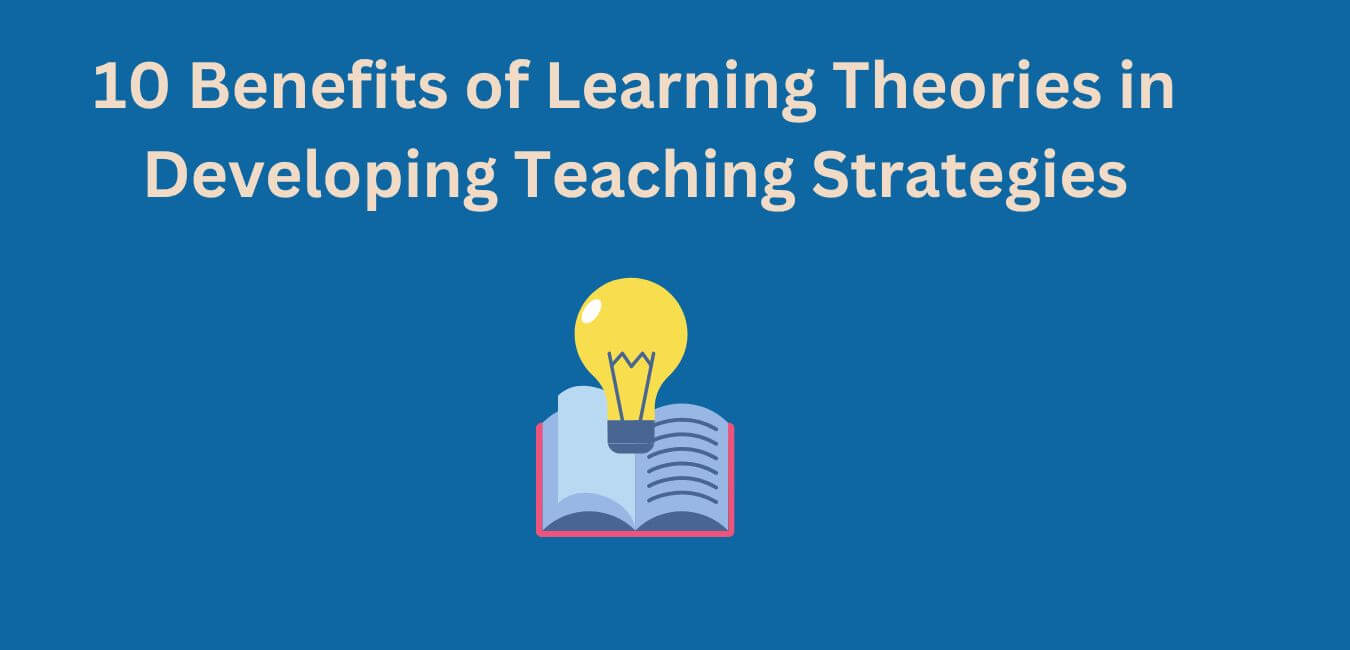
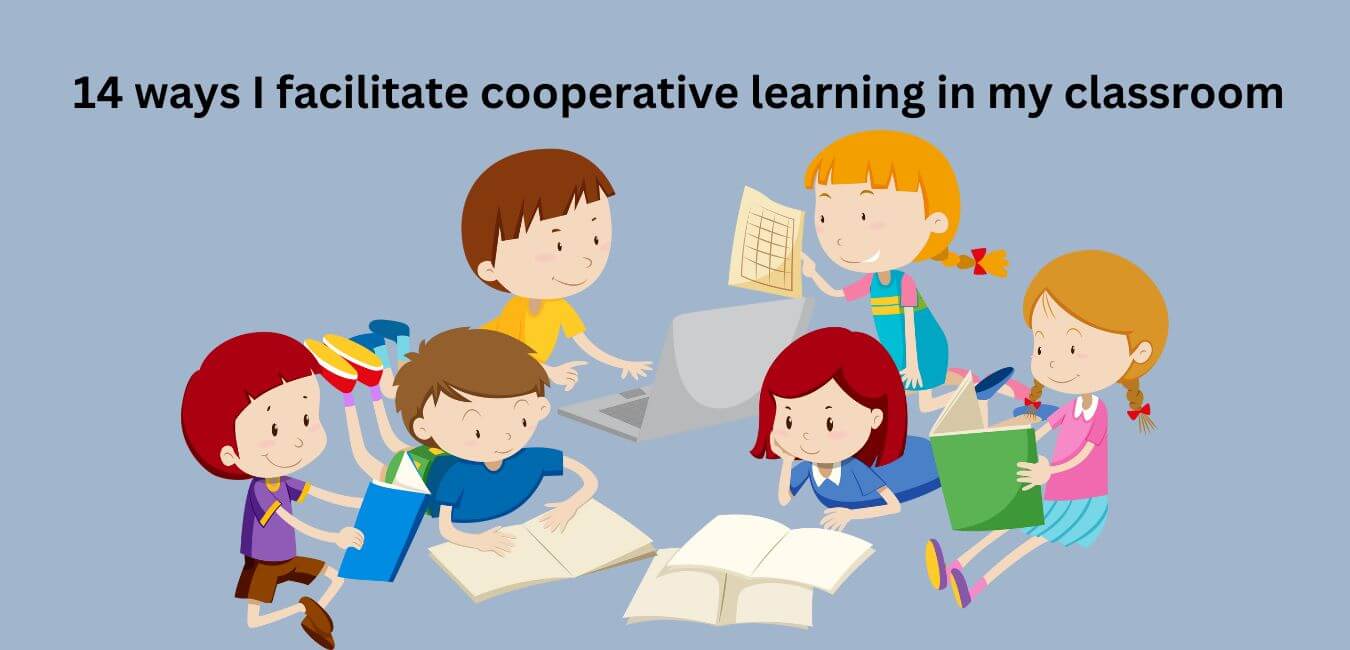
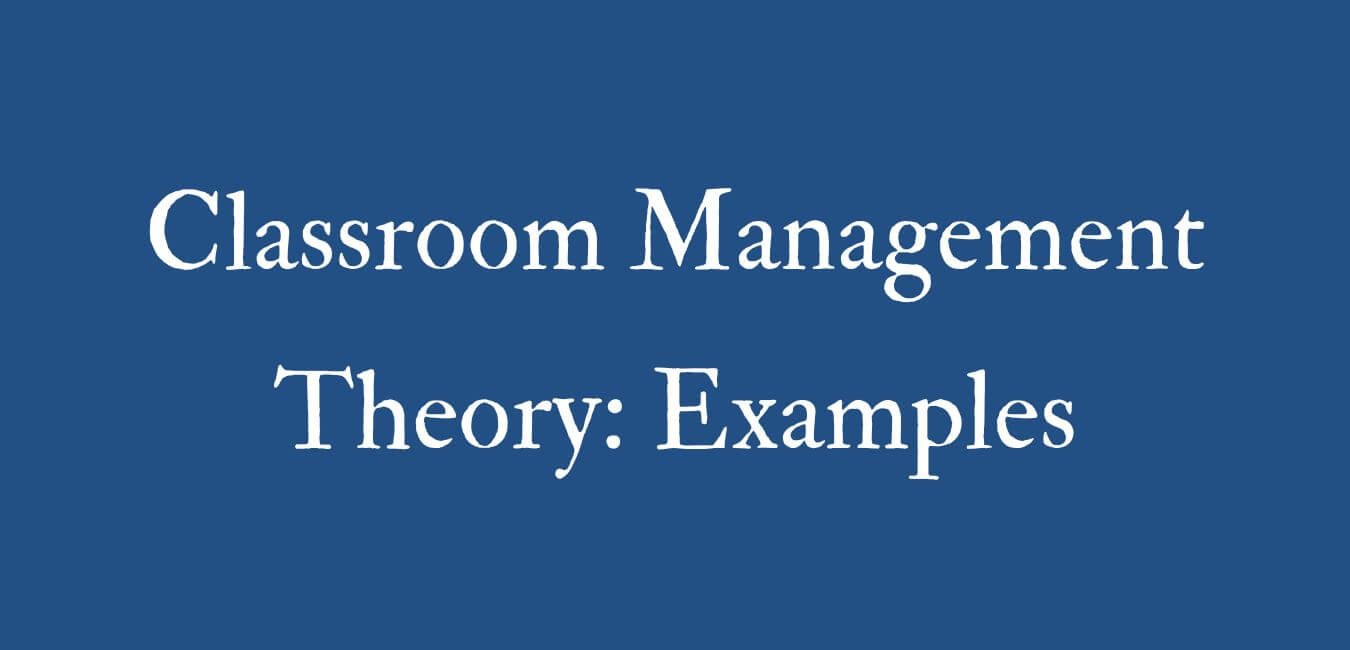
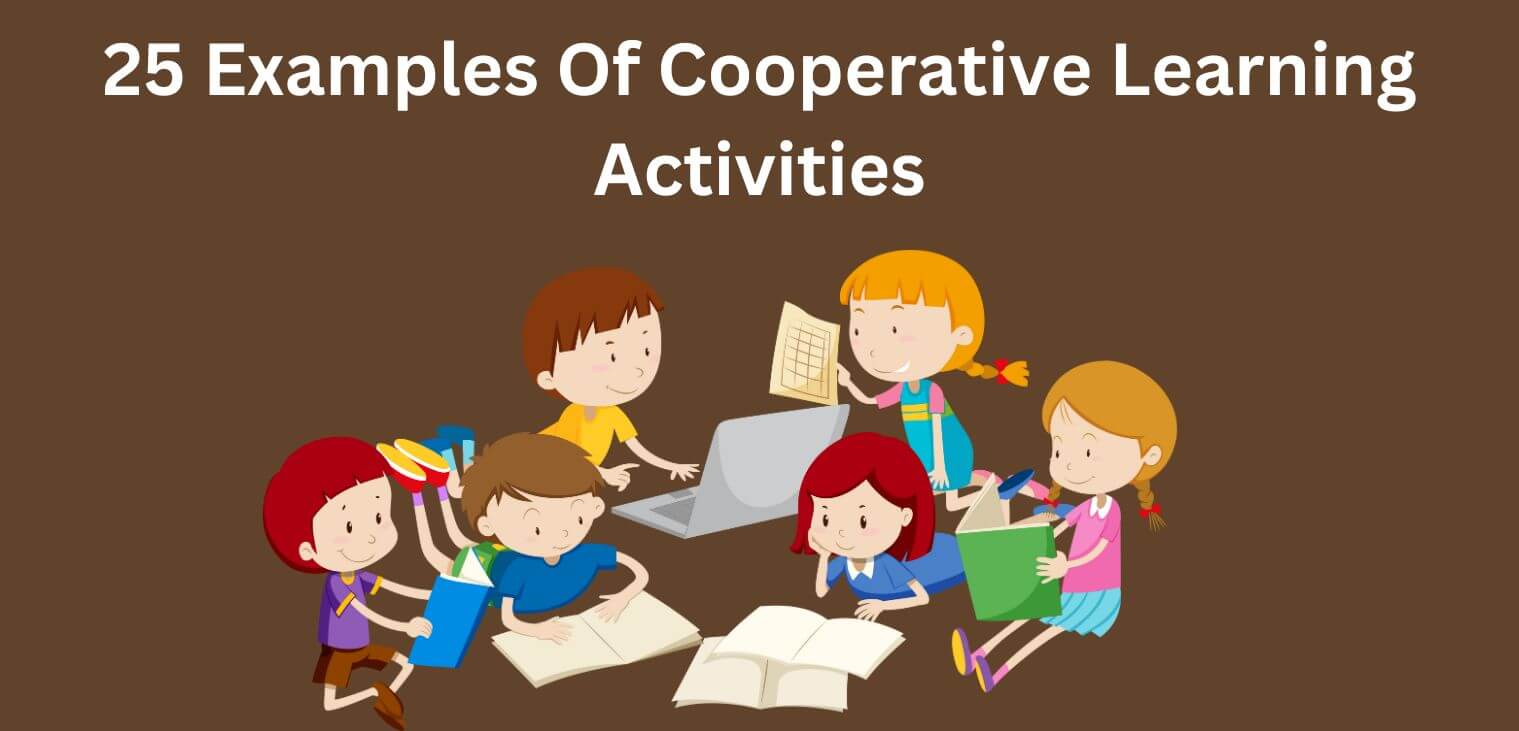
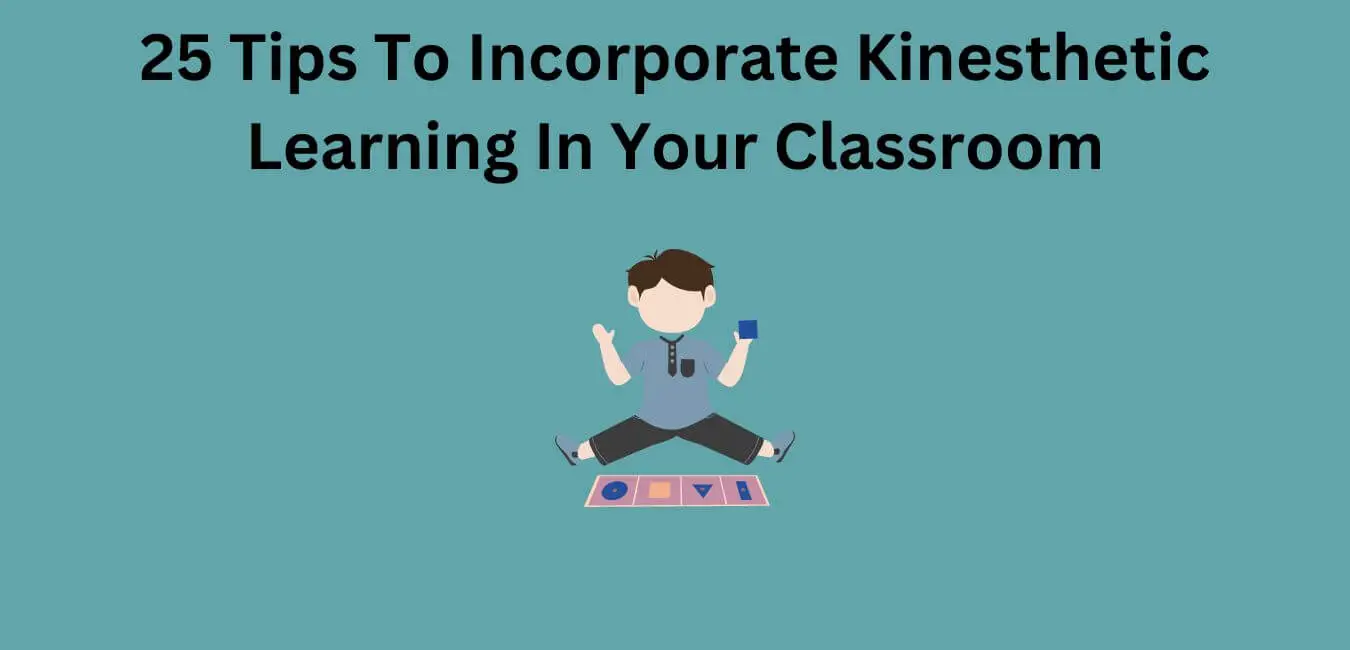
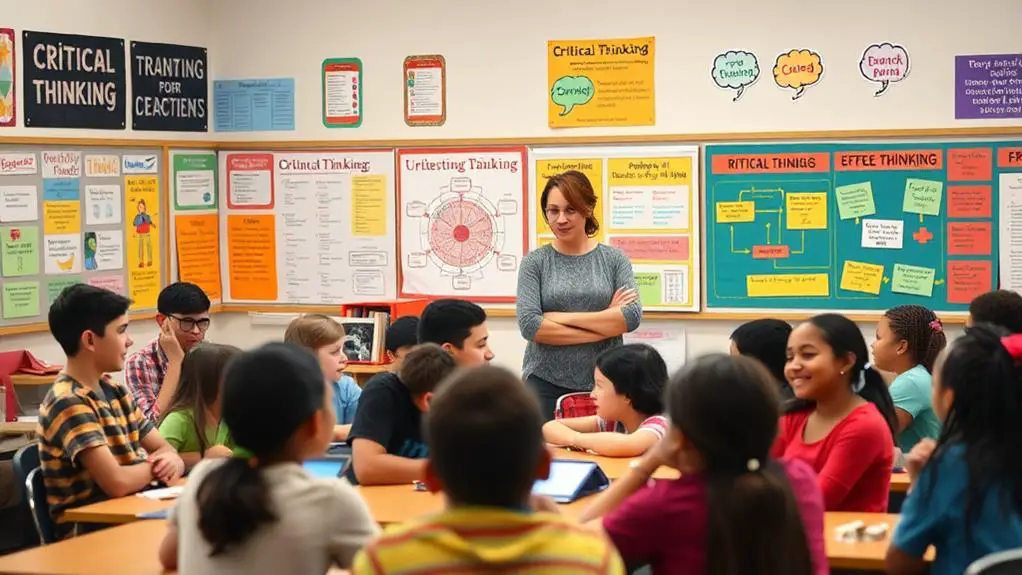
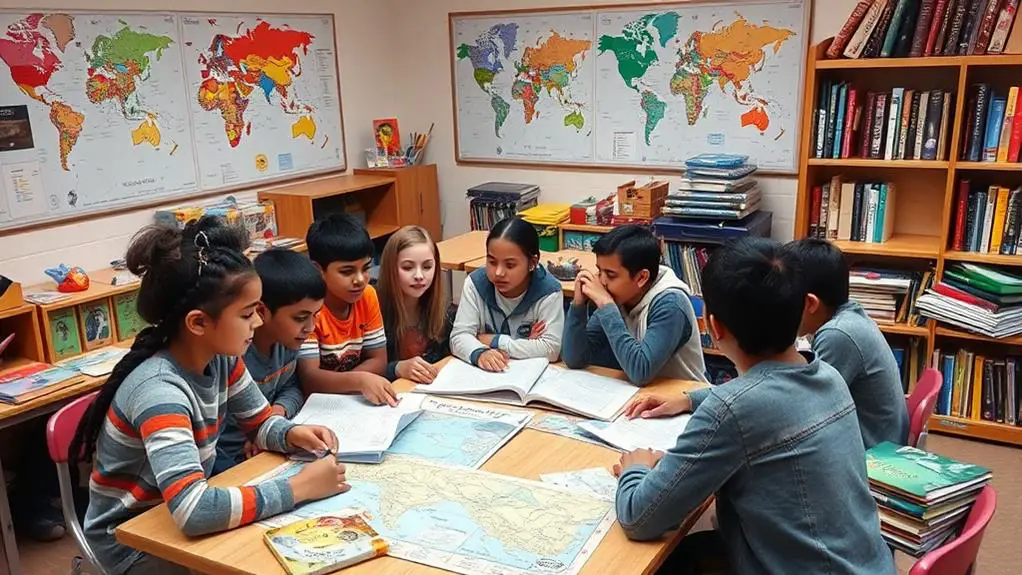
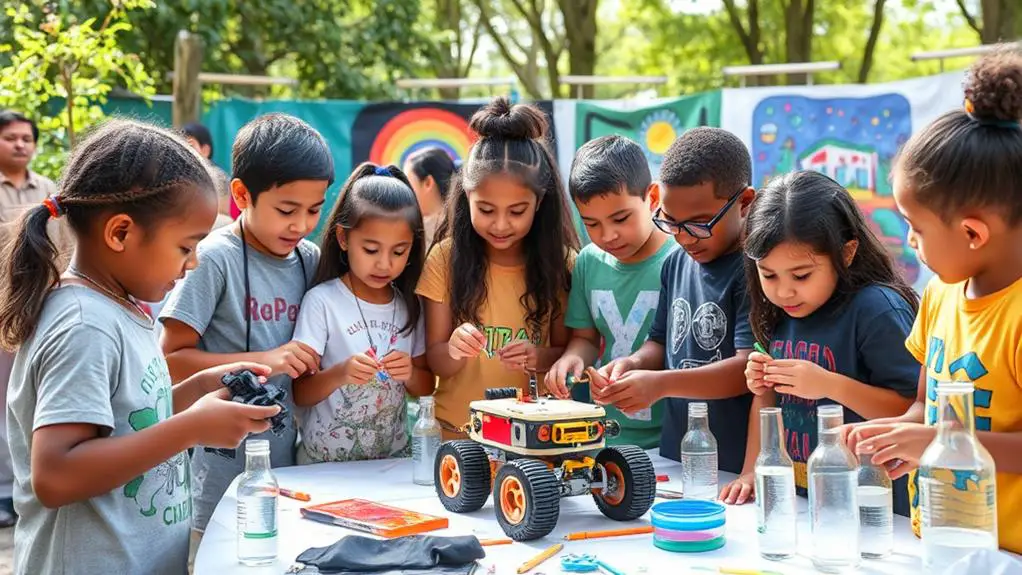
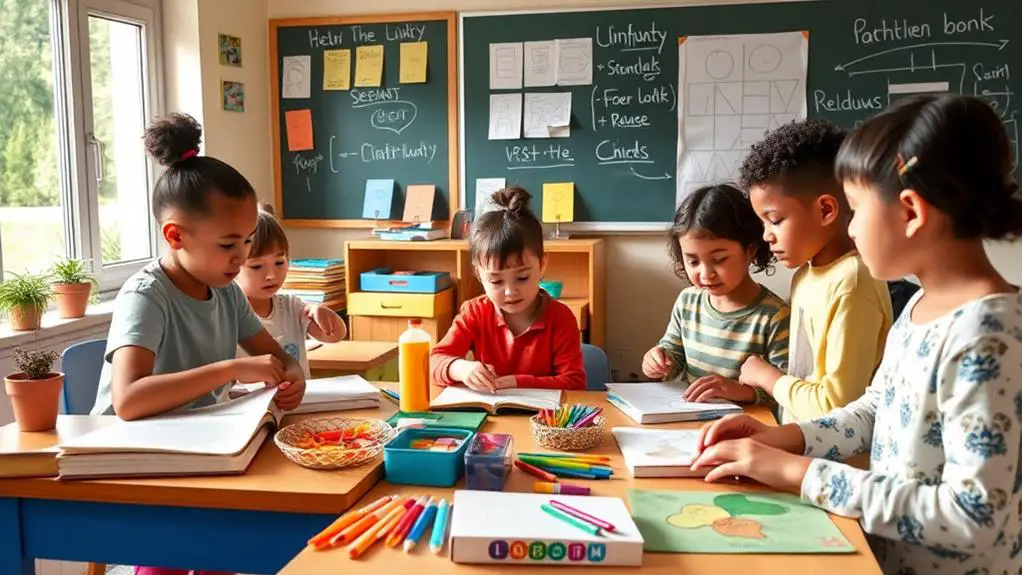
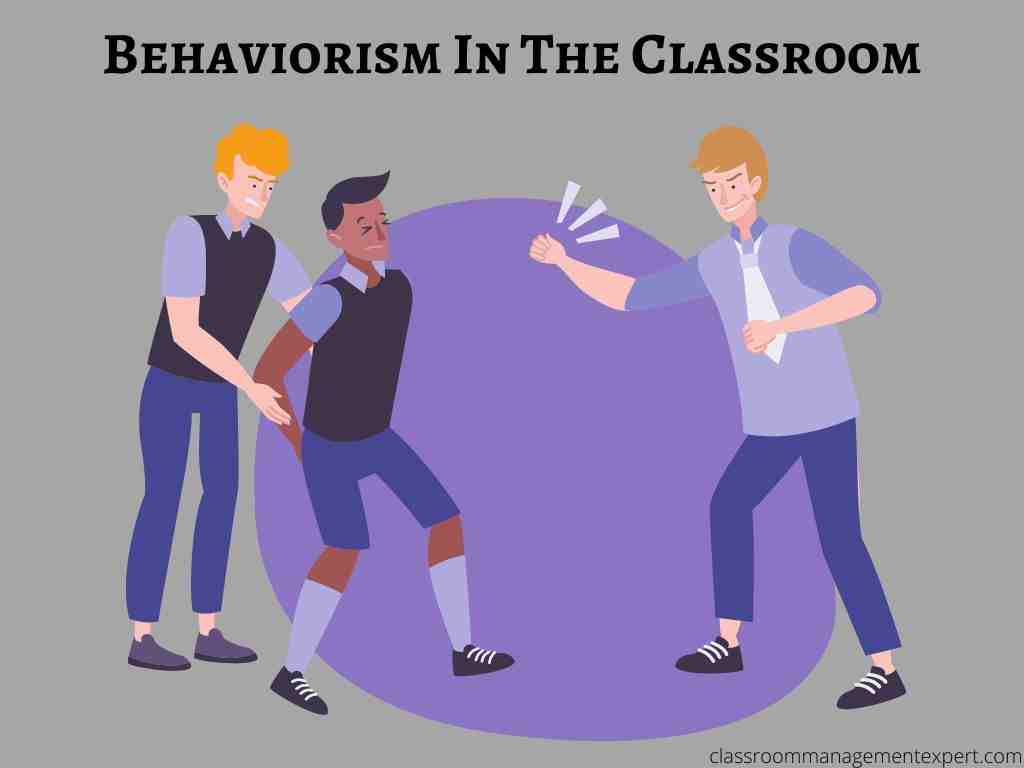
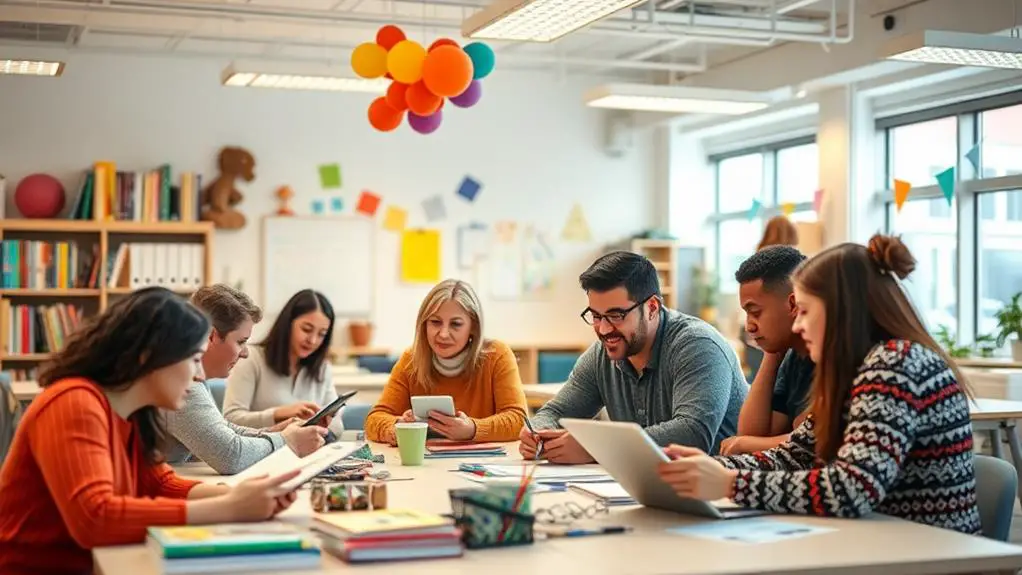



Leave a Reply